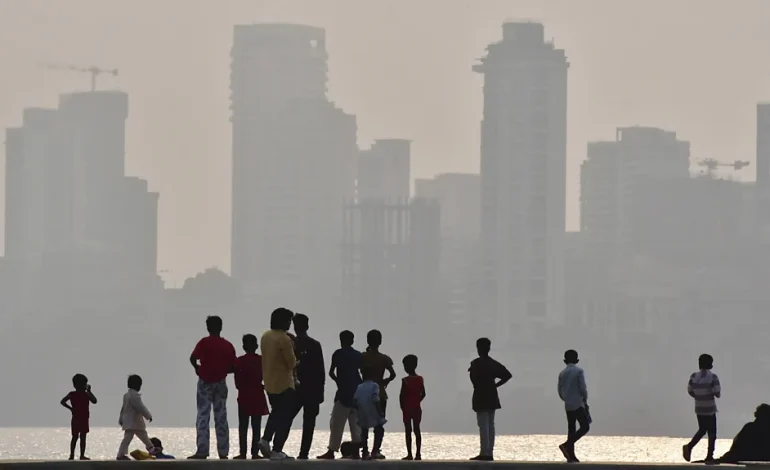Lung cancer has long been associated with cigarette smoking, but a puzzling trend is emerging: a rising number of lung cancer cases are occurring in individuals who have never smoked, BBC reports.
This growing phenomenon is prompting researchers to investigate what differentiates these cases—and what risk factors may be driving them.
Martha, a 59-year-old with a rare lung condition causing chronic inflammation, noticed her symptoms worsening. Despite reassurances from her doctors, a later scan revealed a tumour. Diagnosed with Stage IIIA lung cancer, Martha was stunned. A social smoker at best, she did not consider herself at risk.
Martha’s case is part of a broader trend. Globally, around 10–20% of lung cancer diagnoses now occur in people who have never smoked—a figure that continues to rise even as smoking rates decline in many countries.
Lung cancer in non-smokers is increasingly recognised as a distinct condition.
“It has different molecular characteristics that impact treatment decisions and outcomes,” says Dr. Andreas Wicki, an oncologist in Zurich.
While the average age at diagnosis is similar to that of smoking-related lung cancer, younger patients are more likely to be non-smokers.
These cases tend to be adenocarcinomas, which originate in mucus-producing cells of the lungs. Unlike squamous cell carcinoma, previously the dominant type among smokers, adenocarcinoma is now more common in both smokers and non-smokers.
Many non-smokers with lung cancer have specific genetic mutations—so-called “driver mutations”—that fuel tumour growth. One of the most prominent is a mutation in the EGFR gene, particularly common in Asian women. These mutations have led to the development of targeted therapies that inhibit proteins linked to tumour progression.
While early treatments faced setbacks due to drug resistance, newer drugs are achieving longer survival rates.
“We now have patients living for over a decade with targeted therapy,” says Wicki.
This represents a significant improvement over past outcomes.
The search for causes behind lung cancer in non-smokers has revealed a variety of environmental risks. Indoor sources include smoke from cooking fuels and poor ventilation, while outdoor air pollution is a major concern globally. Fine particulate matter (PM2.5), found in vehicle exhaust and fossil fuel emissions, plays a particularly dangerous role.
Recent studies suggest that PM2.5 may not directly cause mutations but can activate pre-existing ones—such as EGFR—through inflammatory responses in the lungs. Research from the Francis Crick Institute found that air pollutants stimulate immune cells, which in turn awaken dormant mutated cells, leading to tumour development.
In 2022, the International Agency for Research on Cancer (IARC) estimated that nearly 194,000 global cases of lung adenocarcinoma were attributable to PM2.5 exposure. East Asia, especially China, bears the highest burden. In places like Delhi, India, pollution levels regularly exceed safe thresholds by a factor of 20.
In Europe and North America, pollution has declined in recent decades. However, researchers caution that the effects on lung cancer rates may take years to become evident. Climate change may further complicate the picture, as increasing wildfires raise airborne pollutant levels again.
The cultural link between lung cancer and smoking continues to affect perception and care.
“There’s still a stigma,” says Wicki, noting that people often assume patients are to blame.
Yet, growing awareness is challenging this narrative.
For patients like Martha, who has been on targeted therapy for nearly three years, the experience is complex. While the treatment is not without side effects, it has extended her life and altered her perspective on the disease.
“The fatalistic view is changing,” she says. “And that is good.”









The latest news in your social feeds
Subscribe to our social media platforms to stay tuned